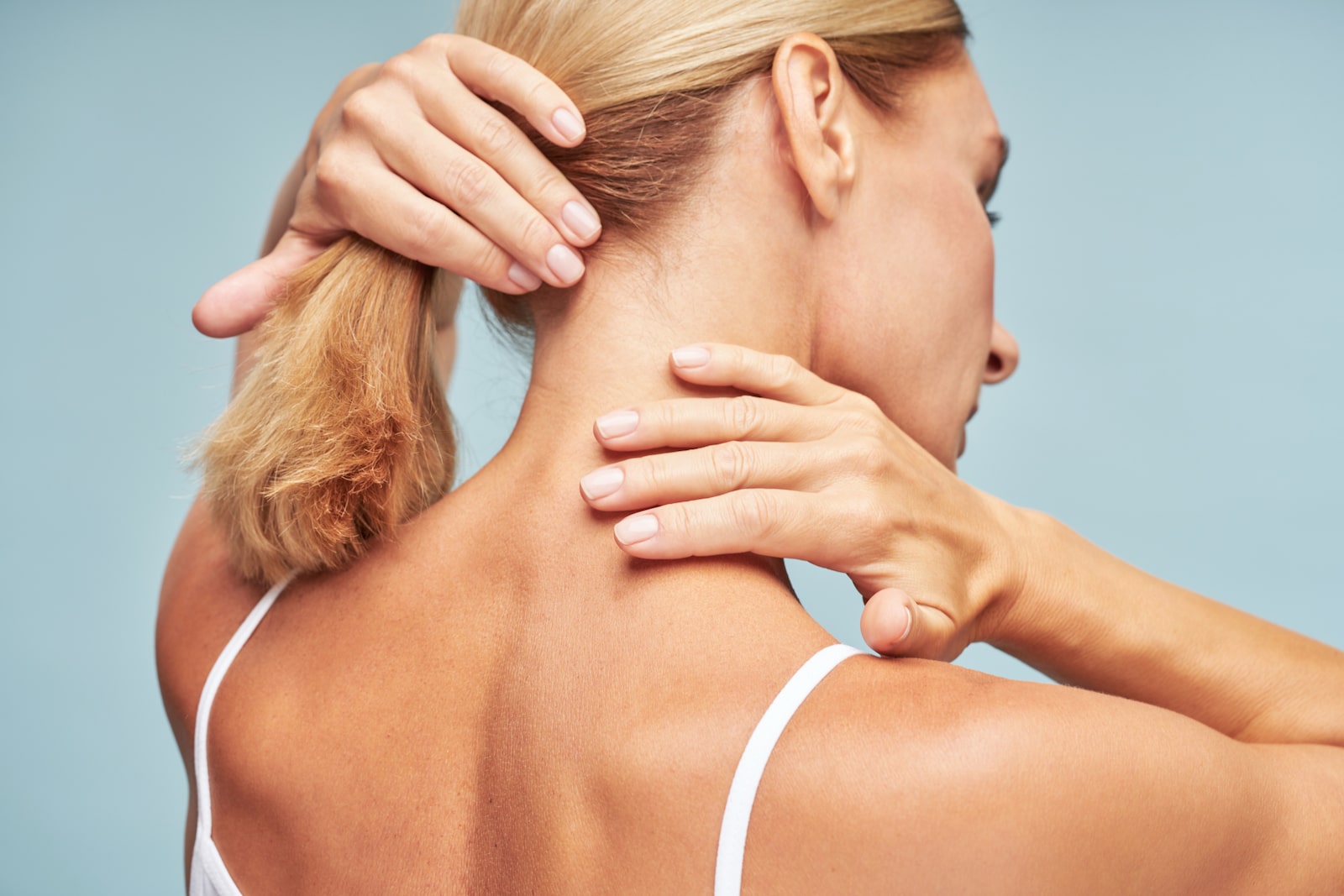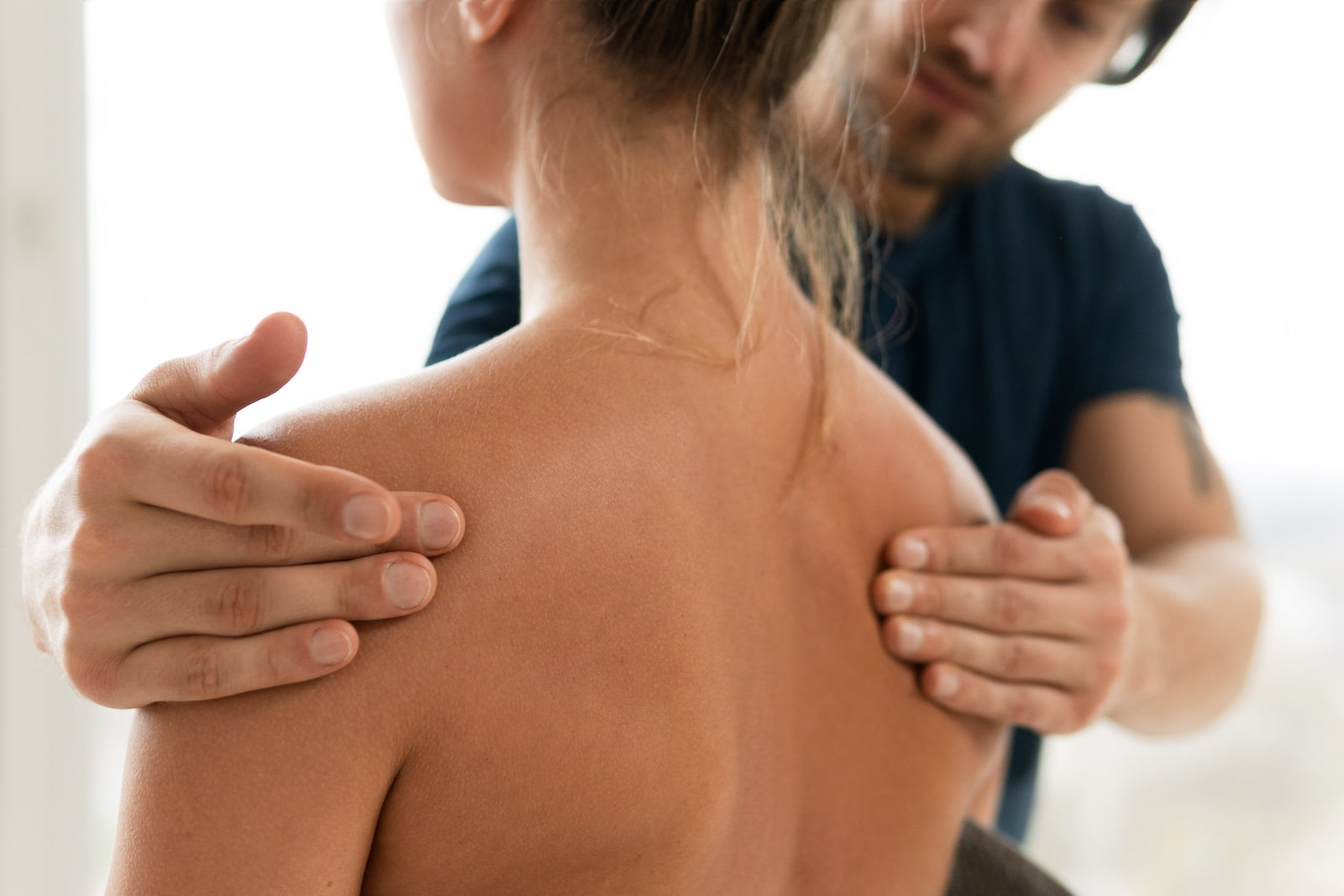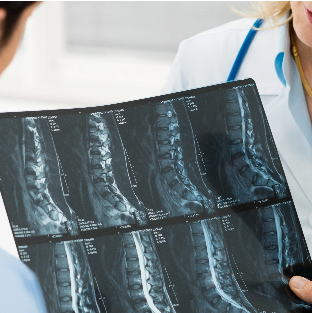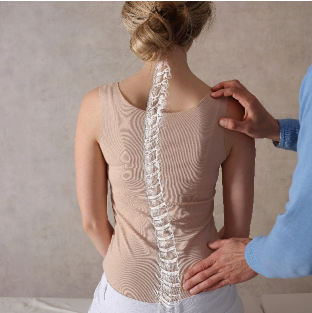Are your shoulders uneven? Does one of your hips sit higher than the other? Does one of your shoulder blades stick out higher than the other? If you answered yes to any of these questions, you could have scoliosis.
Scoliosis is a curvature of the spine. This condition affects about 2% to 3% of the population, says Dr. Baron Lonner, an orthopedic surgeon and the chief of minimally invasive scoliosis surgery at Mount Sinai Hospital in New York.
Because it affects a small percent of the population, scoliosis is often overlooked.
“Not all families are aware of the condition,” Lonner says, but “family is the front line. The extent to which families could be educated is through the physician.” With many putting off yearly checkup appointments, the time for an at-home scoliosis check has never been more urgent.
Key Indicators of Scoliosis
“Rapid growth is something that causes (the curve) to increase,” says Luke Stikeleather, a certified orthotist, who specializes in devices to correct neuromuscular and skeletal systems, and founder and president of the National Scoliosis Center in Fairfax, Virginia. “There’s equal incidence among genders, but scoliosis grows more rapidly in girls,” he adds.
Scoliosis is most often caught during adolescent growth spurts – when the body is changing and developing most, so changes in the spine become more visible – but it still can be seen in adults.
Here are some of the key indicators of scoliosis to look out for:
- One shoulder blade sits higher or protrudes more than the other.
- Bra straps on young women fall asymmetrically.
- Your ribs stick out more on one side than the other.
- One shoulder sits higher than the other.
- Hips fall unevenly.
- One leg appears longer than the other.
These signs may not be easy to spot in everyday life, but a quick at-home check can make them more visible.
Scoliosis Testing
You probably remember having to bend over a touch your toes at your annual well visits as a child. But what was that for? Your pediatrician or primary care provider is performing the forward bend test, a common well-visit screening, which helps make signs of scoliosis more evident.
Aside from screening at your physician’s office, some schools also perform scoliosis checks. “Scoliosis screening has been going on for years, but has been decreasing in school systems,” says Megan Chamis, a pediatric orthotist and leading expert in treating scoliosis with bracing solutions at Hanger Clinic in Hartford, Connecticut. Not all schools require screening for scoliosis, and numbers requiring the forward bend test are dropping.
Many experts recommend and support school testing for scoliosis, but lack of staffing has posed additional challenges. “There’s a lack of access to proper screening and school nurses,” Chamis says.
At-Home Scoliosis Screening
There’s no purchase required to test for scoliosis. It’s easy to do and takes just a few minutes to complete. Sumeet Garg, an orthopedic surgeon at Children’s Hospital Colorado in Aurora, where he specializes in scoliosis and innovative new treatment technologies, recommends having your child lean forward and reach to touch their toes. The forward bend test is best done in undergarments or a bathing suit so abnormalities can be easily identified.
Once your child is bent over, keep an eye out for any of the following traits:
- One hip falling higher than the other.
- One leg being longer than the other.
- One shoulder sitting higher than the other.
- Bathing suits or bras not fitting correctly, such as the straps are slipping or are too loose.
- Clothes not fitting properly, such as leg material at the bottom of the ankles being uneven or shirts fitting too tight on one side.
- Shoulder blades being uneven or one protruding more than the other.
- The head is tilted unevenly at rest when standing or sitting.
If you notice any of these traits, it’s recommended to follow up with your pediatrician or primary care provider to confirm a diagnosis.
Confirming a Scoliosis Diagnosis
At your doctor's office, your physician will likely have you perform an in-office forward bend test.
From there, if your physician confirms any signs of scoliosis, you’ll likely be referred to an orthopedic specialist and may have a spine X-ray done to determine the severity of the spine curvature, Chamis says.
Your doctor may then discuss additional treatment, such as bracing or surgery.
Home scoliosis testing should be completed once every few months, especially during growth periods in youth – especially from late elementary school through middle school, when the body is continually developing and changing.


















